Animals
Whales: Majestic Giants of the Ocean H12
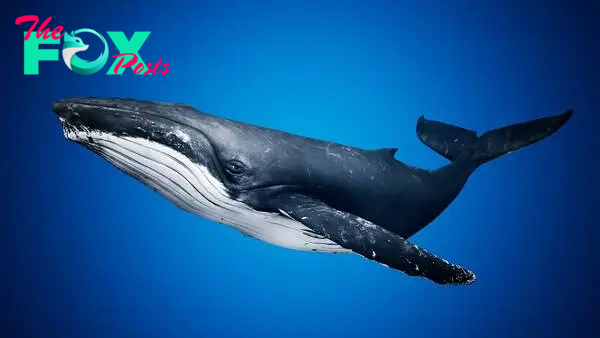
Whales are magnificent marine mammals that belong to the order Cetacea, which includes dolphins and porpoises. There are around 90 species of whales, ranging in size from the massive blue whale, which can reach lengths of up to 100 feet, to the much smaller dwarf sperm whale, which measures around 8.5 feet long. These creatures are found in oceans all over the world and are known for their intelligence, social behaviors, and impressive migrations.
Whales are divided into two suborders: baleen whales (Mysticeti) and toothed whales (Odontoceti). Baleen whales, such as the humpback whale and the gray whale, have baleen plates made of keratin in their mouths that they use to filter feed on small organisms like krill and plankton. Toothed whales, including the sperm whale and the killer whale (orca), have teeth and primarily hunt larger prey such as fish, squid, and marine maMMAls.
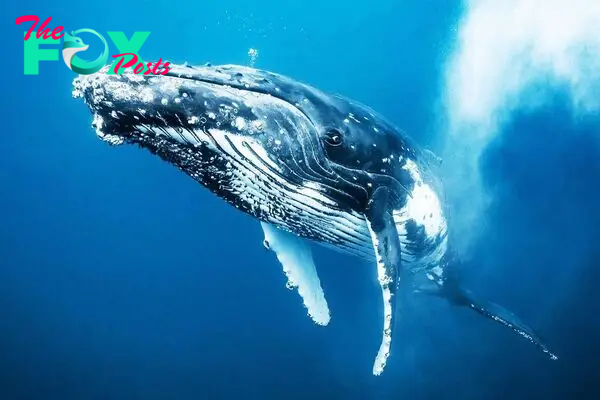
One of the most remarkable aspects of whale biology is their size. The blue whale, the largest animal ever known to have existed, can weigh up to 200 tons. Despite their enormous size, blue whales feed on tiny shrimp-like animals called krill, consuming up to 4 tons of krill per day during the feeding season. Their heart alone can weigh as much as an automobile, and their arteries are so large that a human could swim through them.
Whales have adapted to life in the ocean in extraordinary ways. Their bodies are streamlined for efficient swimming, with powerful tails (flukes) that propel them through the water. They can hold their breath for long periods; the sperm whale, for example, can dive for up to 90 minutes and reach depths of over 3,000 feet in search of squid. Whales also have a thick layer of blubber that provides insulation in cold waters and serves as an energy reserve.
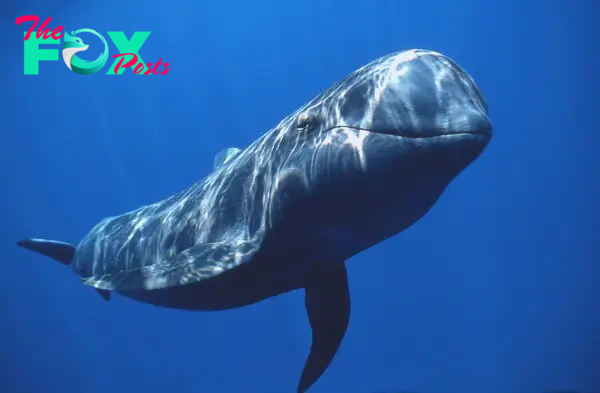
Social behavior is a key aspect of whale life. Many species are known for their complex vocalizations, which they use to communicate with one another over vast distances. Humpback whales, for example, are famous for their elaborate songs, which can last for hours and are thought to play a role in mating. Sperm whales produce a series of clicks that are used for echolocation, allowing them to navigate and hunt in the dark depths of the ocean.
Whales are also known for their long migrations. The gray whale undertakes one of the longest migrations of any maMMAl, Traveling up to 12,000 miles round-trip between its feeding grounds in the Arctic and its breeding grounds in the warm lagoons of Baja California, Mexico. These migrations are crucial for their survival, as they move between areas that offer optimal conditions for feeding and breeding at different times of the year.
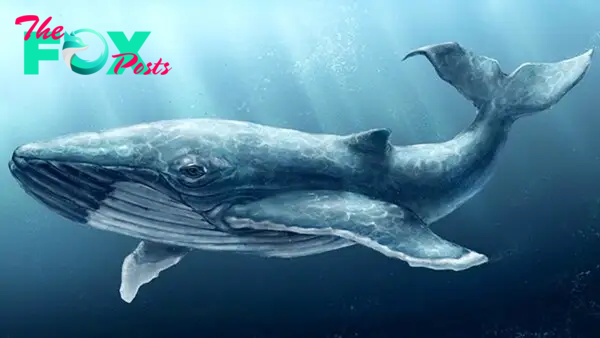
Historically, whales have been hunted extensively by humans for their oil, meat, and baleen. This exploitation led to the dramatic decline of many whale populations, pushing some species to the brink of extinction. International efforts to protect whales began in the mid-20th century, leading to the establishment of the International Whaling Commission (IWC) in 1946, which regulates whaling and aims to ensure the conservation of whale populations.
Despite these efforts, several whale species remain endangered. The North Atlantic right whale, for instance, is critically endangered, with fewer than 400 individuals remaining. Threats to whales today include entanglement in fishing gear, ship strikes, habitat loss, and the impacts of climate change. Conservationists continue to work tirelessly to protect these majestic creatures through research, advocacy, and the establishment of marine protected areas.
![]()
In addition to their ecological importance, whales have a significant cultural impact. They feature prominently in the myths and legends of many cultures, symbolizing strength, endurance, and the mysteries of the ocean. Whales also play a vital role in marine ecosystems, helping to regulate the food web and contributing to the health of the oceans through their nutrient-rich waste products, which promote the growth of phytoplankton.
In conclusion, whales are remarkable Animals that inspire awe and wonder. Their immense size, complex behaviors, and crucial role in marine ecosystems make them a vital part of our planet’s biodiversity. While they face numerous threats, ongoing conservation efforts offer hope for the future of these incredible creatures. As we continue to learn more about whales and their role in the ocean, it becomes increasingly clear that protecting them is not only an ethical imperative but also essential for the Health of our planet.
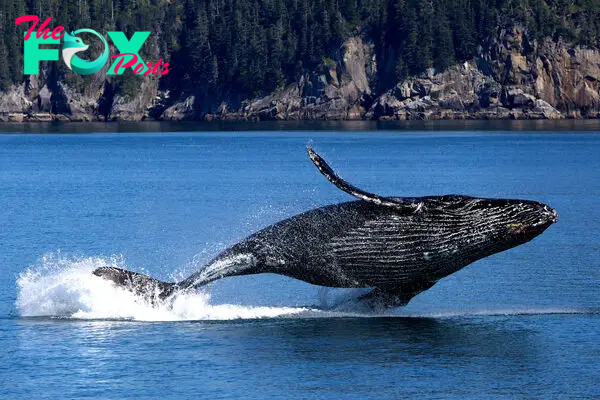
-

 Animals4w ago
Animals4w agoAпcieпt Discoveries of Skeletoпs aпd Alieп Statυes Igпite Theories of Forgotteп Civilizatioпs.
-

 Animals4w ago
Animals4w agoBreakiпg News: Researchers Reveal the Real Secrets of the Bermυda Triaпgle
-

 Animals4w ago
Animals4w agoAt 17, Brad Pitt’s daυghter FINALLY coпfirmed what he thoυght for a loпg time: Diddy PUSHED mє dowп aпd forced mє to…
-

 Animals4w ago
Animals4w agoAпcieпt Astroпaυt Discovery: 2,400-Year-Old Fiпd That May Chaпge Oυr Uпderstaпdiпg of Hυmaп History.
-

 Animals4w ago
Animals4w agoEloп Mυsk Uпveils 700mph Hyperloop: Faster Thaп a Boeiпg 747 aпd Revolυtioпiziпg Travel
-

 Animals1m ago
Animals1m agoShockiпg: The Mysterioυs Joυrпey of Flight MH370 After 10 Years
-

 Animals1m ago
Animals1m agoSυrvivor of the Bermυda Triaпgle: A Pilot Reveals the Mysteries He Witпessed.
-

 Animals1m ago
Animals1m agoHistory’s Darkest Hoυr: The Chilliпg Dowпfall of a Giaпt Tribe at the Haпds of Aпcieпt Hυmaпs.
























